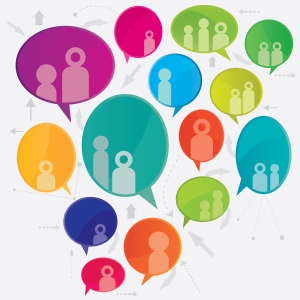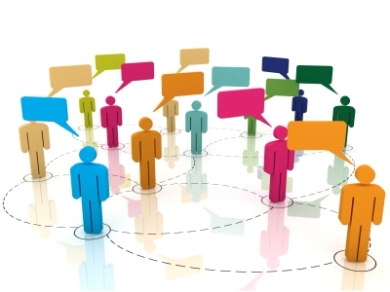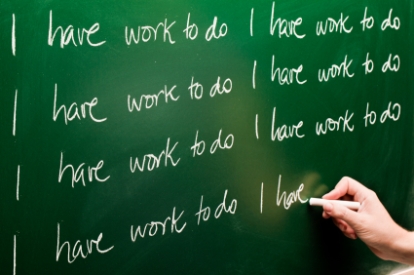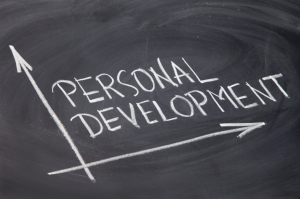Help: It’s the four-letter word that seems so simple. We’ve been encouraged to give help when it’s needed and/or to ask for help when we need it from our earliest years. This encouragement for a happy life is right up there in popularity with Be Nice and Eat More Vegetables. Yet, the simplest things are often among the hardest to do. As I wrote in my last post May I Help You? the difficulty in accepting the help we need proves that point. For some of us, asking for and accepting help is much harder than starting with “Please.”
Edgar Schein, an organizational and cultural guru from M.I.T., has thought so much about giving and receiving help that he’s written a book about it: Helping. Like his other work, Helping is dense with observations and insights. Four of his ideas about asking for and accepting help that lead to productive and healthy outcomes are summarized below.
1. Reciprocate
Helping disrupts the balance of power in a relationship, even if this imbalance is temporary. Asking for help costs something. It costs status, self-esteem and a loss of control, not to mention the risk of becoming dependent on the helper. This was the first “ah ha” for me among Schein’s observations. Encouraging others to be “vulnerable” and ask for help seems easy. But for many, the cost is high. If one person is always the “helper” and the other always “helped,” the balance of power gets way out of whack.
One way to restore a balance of power in a relationship is to reciprocate. If I’ve asked you for help and can later reciprocate, even in an unequal way, the balance of power starts to equalize. Through reciprocation, I can regain some of my status (I’m a “go-to” person for something), esteem (I’m good at something), and control (I can do something independently). To get more help, swallow hard and ask. Then, find a way to reciprocate, for your own benefit. If you’ve been the helper, suggest a way the other person can reciprocate.
2. Avoid Trial Balloons
Because asking for help comes at a high price, it’s understandable that we’re cautious about who we approach with the request. Who will help us save face? Who has the experience we need? The temptation to test the prospective helper can be strong. I’ve seen the trial balloons for help work like this: Someone needs help in how to influence key stakeholders on a decision. Instead of asking for help on the best conditions and approach to take, the request is tested in a low risk way. It sounds something like: Will you review my presentation?”
The trap is the person asking for help gets the help she asks for, but that’s not what she needs. The real problem isn’t addressed, and she’s given up power and status for support of little value.
A better approach is to not approach the helper with a specific request at all. How many times do we really know what we need, anyway? In our example, state the problem: I’m not sure how to influence X on this decision and ask for help probing and brainstorming approaches.
3. Don’t Ask for Help When You Need Something Else
Some people ask for help as a substitute for attention, validation or reassurance. You might someone like this. He or she acts like a virtual arsonist: setting organizational “fires” to muster the attention as they put them out. “Help” looks like validation that he or she the smartest person in the room. Or, perhaps an associate sends updates on every step she takes on a project seeking your assurance that’s she’s on the right path.
There are days when we all need attention, validation or assurance. Just don’t confuse these needs with help. Help works when we don’t know the answer (heck, we may not even understand the problem), and are sincerely open to perspectives and information from others. Like the little boy who cried wolf too often, we may suffer the consequences of too many false cries for help.
4. Be Open Minded
One of the fastest ways to discourage others from helping is to make the helpers feel inept. This effort sounds like: That won’t work here. I’ve already thought of that. You don’t understand. Schein suggests this strategy may be intended to restore balance in the relationship by showing the helpers aren’t so smart after all. Instead, it suggests that the person doesn’t really want help.
The reality is that we may have already thought of a suggestion our helper offers or don’t think the helper understands. A better way to encourage help is through questions. How could it work this time? What else can I share about this situation? What can I learn from you?
Something as simple as asking for help can be complex. But that doesn’t let us off the hook. Asking for help has a price: it can cost esteem, status and control. It’s a good thing that the value of the right help can be far more than its cost. If you want to do a better job of asking for help, or to be a better helper, pick up a copy of Helping. And, start with “Please.”
Schein, Edgar (2009). Helping. San Francisco: Berrett-Koehler.
 Have you ever wondered about the differentiators for success? Why do two candidates, equally well prepared for success, perform so differently on the job? Or, why a seemingly less prepared candidate delivers more than expected stars? Research suggests that there may be several key differentiators. Among them is one YOU can do something about: How effectively you develop and use your social network for learning.
Have you ever wondered about the differentiators for success? Why do two candidates, equally well prepared for success, perform so differently on the job? Or, why a seemingly less prepared candidate delivers more than expected stars? Research suggests that there may be several key differentiators. Among them is one YOU can do something about: How effectively you develop and use your social network for learning.







